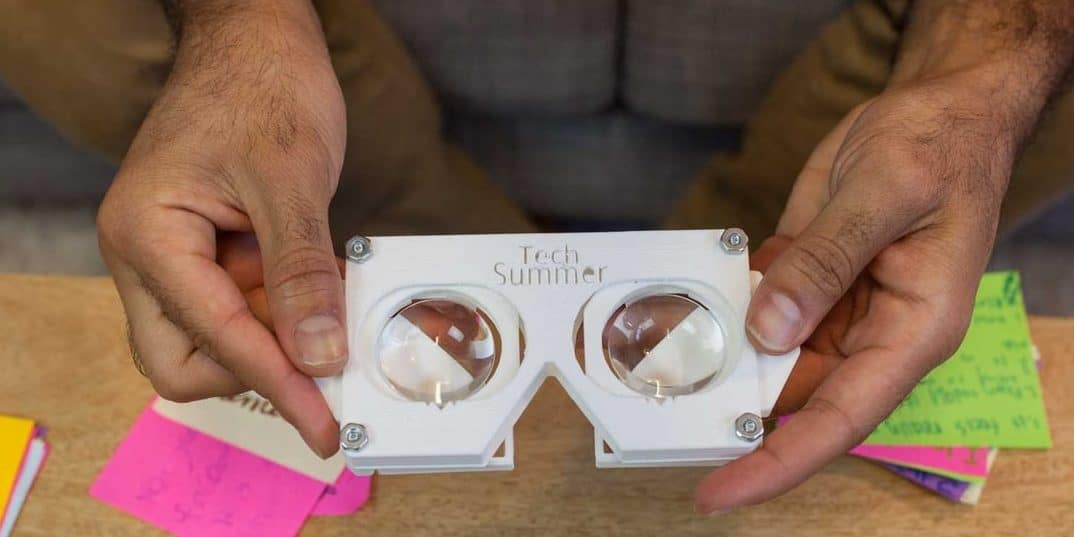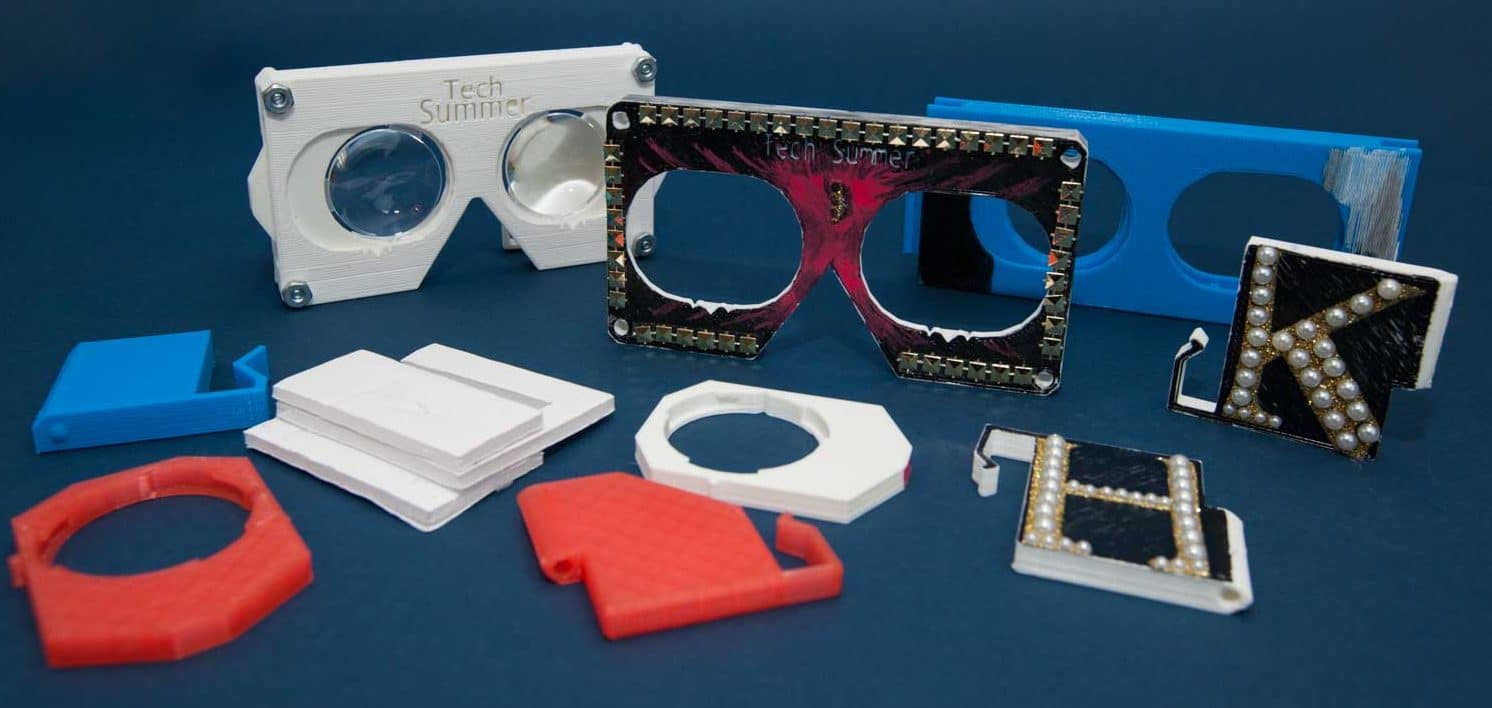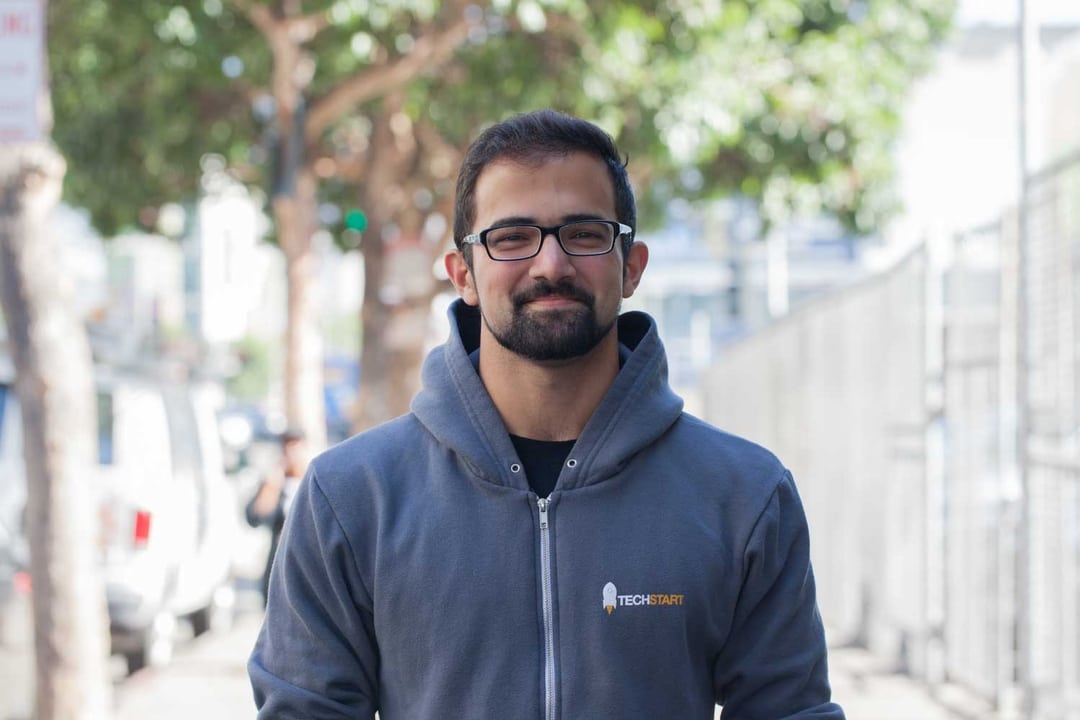
One of the top verticals where XR is projected to add value is education. Immersion is naturally conducive to learning, as we recently discussed with Lifeliqe. And data indicate substantial demand for XR in the classroom.
Against this backdrop, Facebook’s EdMod Labs pioneers new ways to apply XR and other tech to education. A product and engineering subdivision of Facebook’s EdMod team, it’s led by Hassan Karaouni with a mission to experiment with ways to bring technology to the classroom.
“We build products and programs in pursuit of modernizing education,” Karaouni told ARtillry. “One of the most common ways we think education can be modernized is by giving students more exposure to computer science and technology. Some of it is just getting them familiar.”

Hands-On Learning
So far, this has included the donation and deployment of roughly $1.3 million in Oculus Rifts to 360 Nebraska Schools. EdMod Labs also prototyped VR viewers (shown below) made of 3D-printed parts that students assemble themselves, which adds a layer of hands-on learning.
“We want students and young learners to be builders and creators,” said Karaouni. “It’s a matter of how we can get someone that doesn’t know about this technology and maybe otherwise would never see it to not just try it out, but also to make something.”
This creation process can make students feel closer to the technology and thus more interested. It’s also important to keep the form factor somewhat simple says Karaouni. This can demystify technologies like VR, which is important for students’ cognitive connection to it.
“We were curious about what would happen if students and learners built their own [VR] viewer,” he said. “It was cool to see that the form factor matters a lot, and if you build something simple that people can understand, they’ll feel a little closer to it.”

Educating the Educators
As for challenges, there are well-known budgetary and regulatory hurdles that face the ed-tech sector. But Karaouni is encouraged by the demand and interest levels he and his team see from students and teachers. That can vary widely from classroom to classroom.
“Some schools and teachers are really stoked,” he said. “I’ve seen some classrooms where the teachers say ‘give me anything,’ and they modify in their classroom. On the other side you get teachers who are overworked and have lots of stuff they’re already doing.”
This variance is one of the challenges EdMod Labs faces. Another key challenge is satisfying several disparate stakeholders. Not only is the value proposition directed towards the teacher, but also students (of course), parents, school boards and state legislatures among others.
“What’s most important to us is the person that’s learning and creating, and that’s the student,” said Karaouni. “But you have to think of the other people that are part of the process, because the student will never get it if all the other individuals aren’t on board.”

Digital Divide
These challenges are worth it to Karaouni though. Having grown up on a farm and now living in Silicon Valley, he acutely recognizes the digital divide. Most of America doesn’t have the involvement in technology — both consumption and creation — that we in Silicon Valley enjoy.
“The schools we work with are in communities that aren’t first when it comes to cutting edge tech.” he said. “They’re used to hearing about the cutting edge, but they feel it’s really cool when they get to have this technology in their hands [to] use or build with.”
Looking forward, some implementation challenges could abate as XR technologies themselves evolve. That will include hardware that’s more mainstream-friendly, and thus classroom-friendly. Advancements like standalone VR for example could accelerate this trend.
“The form factor for cutting edge tech is not the most welcoming, and that’s something that I’m excited to see evolve in the VR space,” said Karaouni. “I’m excited for the next step, when things become a little more mainstream and everybody feels like it makes sense to them.”

For a deeper dive on AR & VR insights, see ARtillry’s new intelligence subscription, and sign up for the free ARtillry Weekly newsletter.
Disclosure: ARtillry has no financial stake in the companies mentioned in this post, nor received payment for its production. Disclosure and ethics policy can be seen here.
Header image credit: Fictiv
